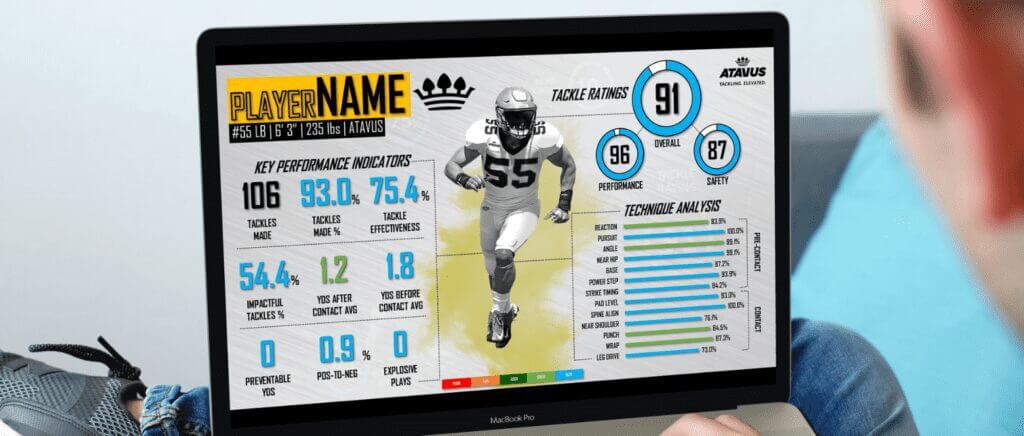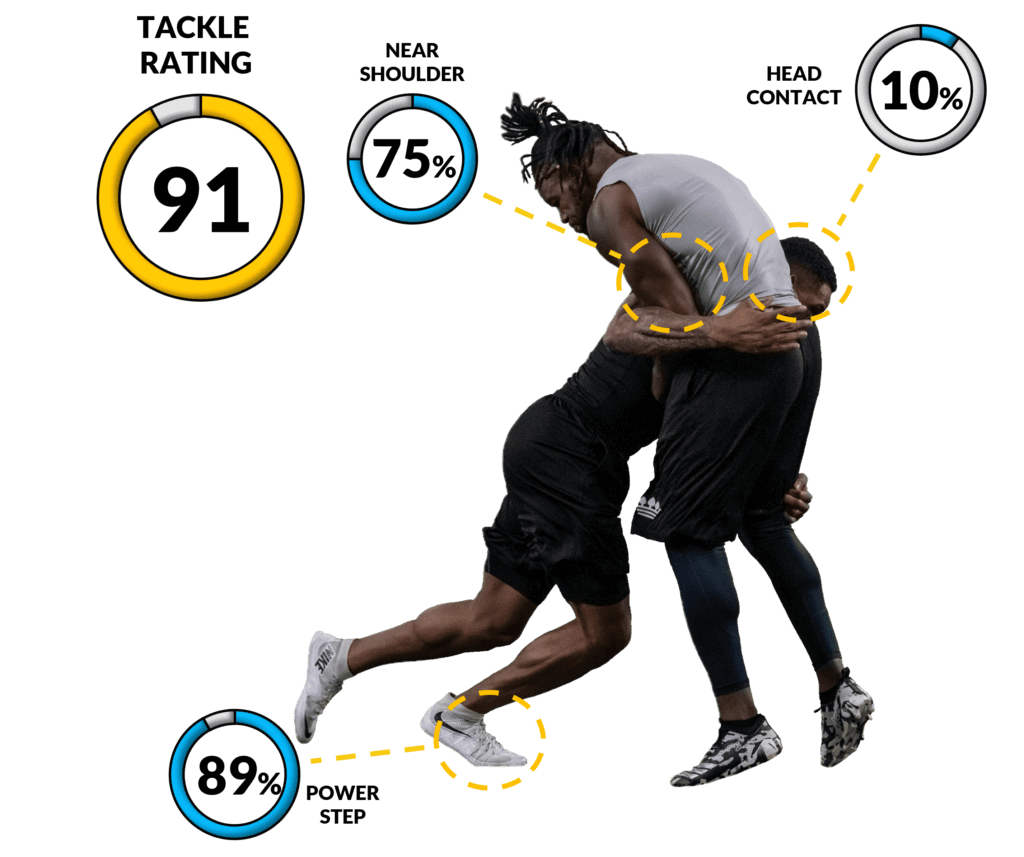Coaches and players want more data. Coaches want to know what players can do and how they will be able to help their team on the field. Players hope for playing time but also want to be in a system where they can showcase their skills and talents against worthy competition. High school coaches have more information about their players than ever before. They also have more resources like camps, specialized training, and private quarterback tutors. As college-level programs get bigger, they also become more competitive when finding talent. The added complexity makes it harder for coaches to find the right fit for their systems and schemes.

Coaches want to know what players can do and how they will be able to help their team on the field. Hence, why analytics are so important for coaches and managers: they provide information that shows how well a player is performing compared with other players at his position or elsewhere on the field, as well as information about a player's strengths, weaknesses, tendencies, and habits--all things that can help inform coaching decisions.
Players want competitive environments where coaches understand communication and motivation and know how to push them strategically to help them develop over time. This focus on growth is especially true for younger athletes still developing their abilities. Still, even older players will benefit from being part of an organization that values analytics and data analysis when making decisions about player personnel and strategy during games or practices (or both).
Recruiting with Data
Coaches are competing for recruits with more programs than ever. The number of teams battling it out for players in the same area has increased dramatically over the past few years.
Coaches have more information available than ever, but this information, if unorganized, can make their jobs even harder. The comparison to data in today's environment is like crude oil, difficult to use if unrefined. Much of the work is in the refinement to best deploy the insights gained! But if it's just another thing on top of all the other things coaches have to do--like practice and game planning--then it may be less helpful.
College coaches can afford to hire more analysts for their staff, meaning they can access even more data than high school coaches. Because of this, college teams can make better decisions about who should play where and how much playing time each player should get based on what the analytics suggest will be most beneficial for the team.
As college-level programs get bigger, they also become more competitive when finding talent. With so many players looking to jump from high school or junior college into Division I football, coaches must have access to as much information as possible about each player before deciding whether they want him on their team.
As discussed earlier, different data types are leveraged in recruiting. Physical attributes include height/weight measurements and 40-yard dash times (among other things). They're often referred to as "measurables" because they're easy enough for anyone involved with recruiting - from coaches down through trainers -to gather from each prospect at camp events such as combines or pro days where competitors are invited by schools who want them on campus where they can get a personal perspective on an athlete’s performance and competitiveness.
The Increasing Importance of Data
Coaches must recruit effectively and efficiently, but there are challenges with this process. The number of scholarships available has limited recruiting options for many colleges, so they need reliable information to support their decisions. The transfer portal has added additional complexities and reduced high school scholarship availability.
Coaches want more data because it can help them make better decisions. Data is used to evaluate players after being recruited. It allows coaches to identify specific areas where players can improve performance.

More data can help coaches find potential recruits that will fit the system better while making better decisions based on objective data rather than gut feelings or personal relationships with high school coaches or athletes. Analytics, the application of the data gathered, can also improve player performance by helping them understand what they must work on to succeed as a team, position group, or as individuals.
While this may sound like a lot of work for coaches and players, the reality is that it's necessary to keep up with the competition and make sure your team has the best chance of winning. Coaches should use their data to help them find recruits that fit their system better while making better decisions based on complex data rather than gut feelings or personal relationships. Players can use analytics data to show off their strengths and highlight areas where they need improvement to showcase themselves more effectively in game situations.
Here at Atavus, we take pride in being one of the contibutors in analytics in football. Our tackling analytics, which we call Tacklytics, provide coaches at all levels the information and insights to make informed decisions that help improve their program's tackling performance and safety.